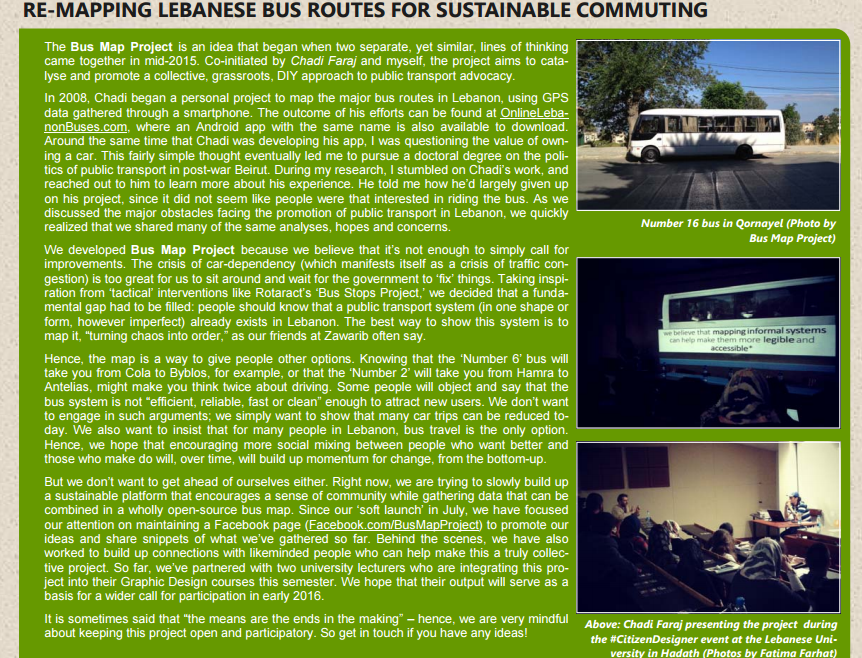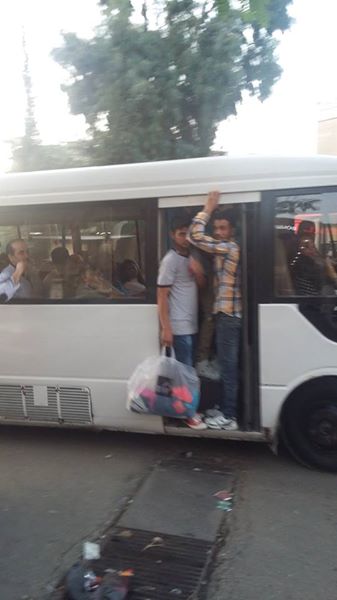Stigma is a major hurdle to overcome when promoting public transport in Lebanon. When we spoke to Tarek Chemaly of Beirut/NTSC, he urged us to make this a priority in our future campaigns.
Sometimes, the effort to overcome negative images of the bus end up reinforcing those images. When activists say that “the bus can be modern, not like what we have,” they justify their advocacy by stigmatizing existing populations.
When we say a bus is ‘dirty.’ what are we saying about those who use it?
Fear is another hurdle. In fact, it might be the bigger challenge, and hence, more of a priority for us. There’s the fear of the unknown and incomprehensible, which is what mapping would help alleviate, but there is also the fear of strangers, and the related and highly-gendered fear of harassment or violence. Sometimes, in our zeal for fighting stigma, we forget to take fear into account.
Many women are afraid to ride the bus because they are told to be afraid. Many are afraid because they’ve had bad experiences. This is a touchy subject, because these dangers are often inflated and mixed up with racist, classist and patriarchal ideas. Indeed, warning women about taking the bus is often just another way to control them. But this does not mean that public space in general does not tend to be hostile to the free movement of women. This is a Lebanese problem and a global one as well.
For all these reasons, we would like to invite you to share your experiences, both good and bad. The bus can be a joy to ride, but this is not always the case for everyone. We should tackle this issue head on. Comment, share, link us to your own posts, in any language you’re comfortable with.

